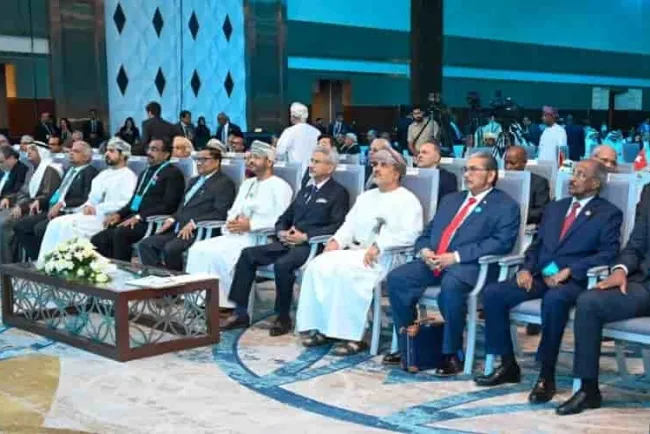US Air Strikes Intensify in Yemen: Escalating Conflict and Regional Implications
Recent US air strikes around Yemen's capital, Sana, have reportedly killed at least seven individuals and injured 29, according to the Houthi authorities. This marks a significant escalation in the ongoing conflict, with the Houthis claiming to have shot down another American MQ-9 Reaper drone amidst a month-long campaign targeting them. The Houthi health ministry has indicated that around 120 people have died in the air strikes, which are primarily aimed at countering Houthi attacks on shipping routes in the Red Sea.
The Current Situation
Footage from the Houthi-controlled Al-Masira satellite news channel depicted firefighters battling a blaze purportedly ignited by the recent air strikes. As the US prepares for further military operations, the Central Command has released a video showcasing navy personnel aboard the USS Carl Vinson, indicating a ramp-up of preparations against the Houthi forces. The USS Carl Vinson's deployment in the region reflects a strategic move to bolster operations aimed at degrading Houthi capabilities.
Reports suggest that Yemeni militia factions are plotting a ground offensive with the objective of reclaiming control over parts of the Red Sea coast, which the Houthis have dominated since seizing power in much of northwestern Yemen a decade ago. This plan, reportedly discussed with American officials, involves local factions based in southern Yemen launching an offensive to capture the strategically important Red Sea port of Huda.
Strategic Implications of Huda's Capture
Seizing Huda would deliver a substantial blow to the Houthis by cutting off crucial economic resources and limiting their supply routes for arms, particularly from Iran. Although Iran officially denies supplying weapons to the Houthis, United Nations inspections have repeatedly traced intercepted weapons shipments back to Iranian sources. The potential capture of Huda could significantly alter the balance of power in the region, complicating the Houthis' operational capabilities.
The US has historically supported a coalition of Arab states, primarily led by Saudi Arabia and the UAE, against the Houthis during Yemen's prolonged civil war, which saw a truce established in 2022. However, recent reports indicate that Saudi officials have expressed reluctance to participate in any ground offensive due to fears of retaliatory attacks from the Houthis, which have previously targeted Saudi cities with ballistic missiles and drones.
The Houthi Arsenal
The Houthis have invested years in stockpiling various missile systems, including the Typhoon ballistic missile—an Iranian-designed Kadra variant—and Iranian Kuds cruise missiles. These missiles have previously been employed in attacks against Abu Dhabi and Saudi Arabia, demonstrating the rebels' increasing military capabilities and the potential threat they pose to regional stability.
Conclusion
As US air strikes escalate and ground offensive plans unfold, the situation in Yemen remains precarious. The potential capture of Huda could shift the power dynamics in favor of the Yemeni factions supported by the US and its allies, while simultaneously heightening tensions with the Houthis. Observers will be closely monitoring developments as both sides prepare for what could be a pivotal moment in Yemen’s ongoing conflict, with significant implications for the region's security landscape.
Stay updated on the latest developments in Yemen and other global affairs by following our blog.
What's Your Reaction?















